Carthamus Flos, Safflower, Hong Hua 红花Bastard or Wild Saffron; Cnicus, Crocus Saracenicus, CartamusKusumbha, Vahinshikha (Ayurveda) Qurtum (Unani) Chendurakam (Siddha) Gur Gum གུར་གུམ་ (also used for Saffron) Rtsa Gur Gum རྩ་གུར་གུམ་ (Carthamus, Tibet) Hong Hua (TCM) |
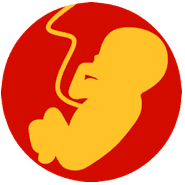
|
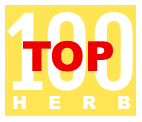
|
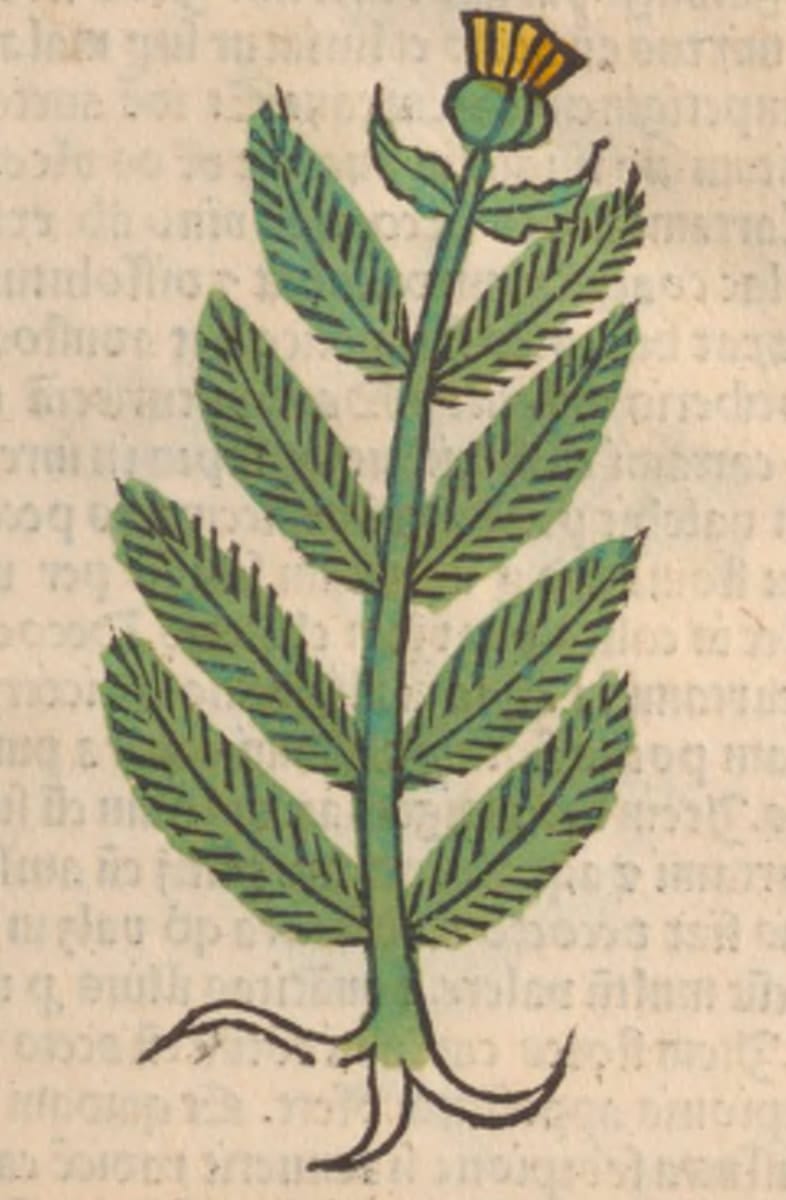 Herbarius latinus, Petri, 1485
Herbarius latinus, Petri, 1485 |
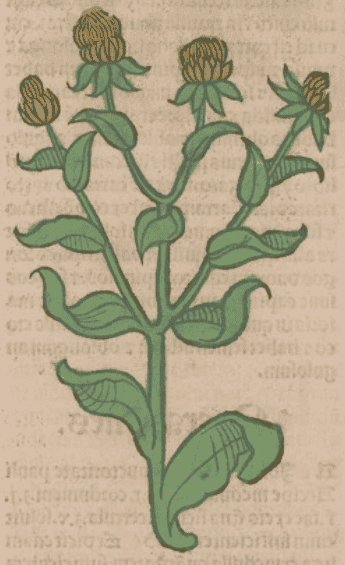 Ortus Sanitatis, Meydenbach, 1491
Ortus Sanitatis, Meydenbach, 1491 |
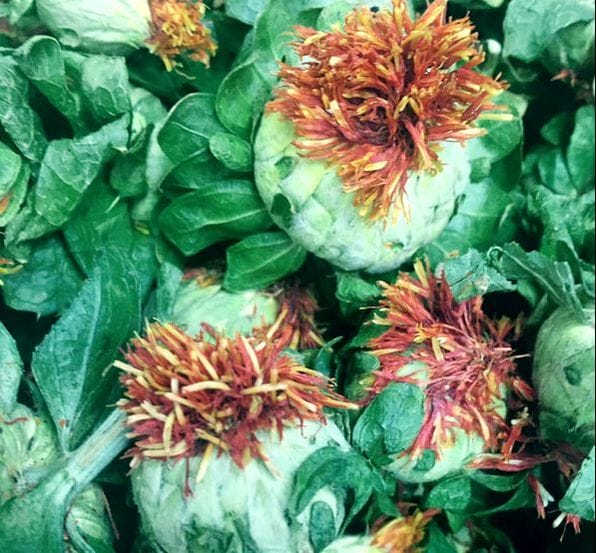
|
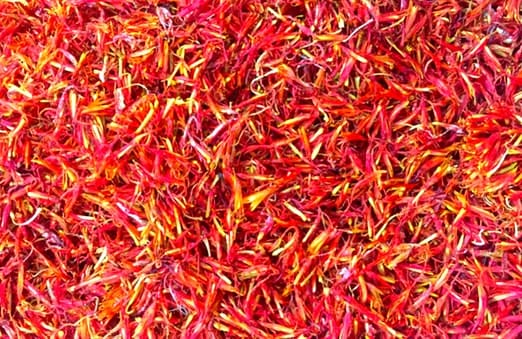 Above: Safflower
Above: Safflower Left: dried whole Safflower flower (Adam, 2016, 2018) |
 Members CLICK HERE for the PRO VERSION
Members CLICK HERE for the PRO VERSIONBotanical name:
Carthamus tinctorius
Parts used:
Flower
Temperature & Taste:
Warm, dry. Pungent
Classifications:
2D ATTENUATERS OF CONGEALED BLOOD
2L. EMOLLIENT
TCM:
K. Move the Blood
Uses:
1. Moves the Blood, Promotes Menstruation, Eases Pain:
-Amenorrhea, Dysmenorrhea with clotting or dark blood
-delayed or obstructed Menstruation
2. Moves the Blood, Clears Stasis:
-Blood stasis, Trauma, Hematoma
-Chest Pain, sharp stabbing pain from Blood stasis
-promotes eruption of Measles, Scarlet Fever, Chickenpox, Small Pox etc. (not used once full eruption has occurred)
3. Benefits the Liver:
-in Tibetan Medicine, Safflower (or Saffron) is the Excellent Medicine associated with the Liver. It treats all Liver disease and supports Liver function. It is regarded as a regulating tonic for the Liver.
-has been used for Jaundice, Hepatitis (Tibet)
4. Externally:
-used externally in oils and plasters for Blood Stasis, Trauma, Bruising and Pain
-“It clears Freckles and Pityriasis” (Avicenna)
-“Safflower is applied on ringworm”. (Avicenna)
Dose:
Powder: 500mg–3 grams
Correctives:
… available in PRO version
Substitutes:
… available in PRO version
Preparation:
… available in PRO version
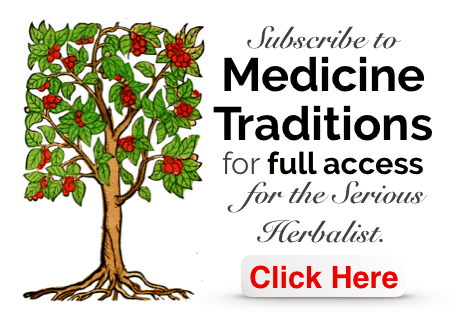
Main Combinations:
Peach kernel / Bitter Almond kernel & Saffron / Safflower
Safflower is often combined with Peach kernel (Tao Ren) in TCM. This is similar to the combination of Saffron and Bitter Almond in the Western Tradition. Both work to open obstructions, move the Blood, and ease pain. Safflower is penetrating, but dry. Almond or Peach kernel are heavy, oily and slippery. They thereby correct each other to enhance the effect. Used for fixed, sharp pain; congealed and bruised blood; menstrual pain with dark, clotted menstruation as well as Fibroids and Tumors.
Gynecology:
1. Amenorrhea, Obstructed or painful Menstruation:
i. Safflower with … available in PRO version
ii. Safflower with … available in PRO version
iii. Safflower with … available in PRO version
iv. Safflower, … available in PRO version
2. Postpartum abdominal pain:
i. Safflower with … available in PRO version
ii. Safflower with … available in PRO version
Blood Stasis:
3. Abdominal pain from Blood stasis, Safflower with … available in PRO version
4. Chest pain, Angina Pectoris:
i. Safflower with … available in PRO version
II. Safflower, … available in PRO version
iii. Safflower, … available in PRO version
iv. Safflower, … available in PRO version
v. Safflower, … available in PRO version
5. Internal Bruising:
i Safflower with … available in PRO version
ii. Safflower, … available in PRO version
iii. Safflower, … available in PRO version
6. Post-Stroke:
i. Safflower, … available in PRO version
ii. Safflower, … available in PRO version
Other:
7. To promote eruption in Eruptive Fevers:
i. Safflower with … available in PRO version
ii. Safflower with … available in PRO version
8. As a Liver tonic:
i. Safflower with … available in PRO version
ii. Safflower, … available in PRO version
9. To nourish and regulate the Blood, Safflower with … available in PRO version
Major Formulas
Qi Li San (TCM)
Xue Fu Zhu Yu Tang
Six Excellent Medicines (Tibetan Medicine)
Raisin 7 (Tibetan Medicine)
Coptis 5 Pill (Tibetan Medicine)
Sandalwood 8 (Tsan dan brgyad pa) (Tibetan Medicine)
Barberry 8 Powder (Skyer sun brgyad pa) (Tibetan Medicine)
Cautions:
1. Not used in Pregnancy.
2. Avoid in Bleeding
3. Gastric Ulcers
Drug Interactions:
Due to its blood thinning effects it must be used very cautiously in people taking blood thinning medication such as heparin and warfarin.
Effects of safflower injection on the pharmacodynamics and pharmacokinetics of warfarin in rats.
Main Preparations used:
-
Extra Info
- Research
